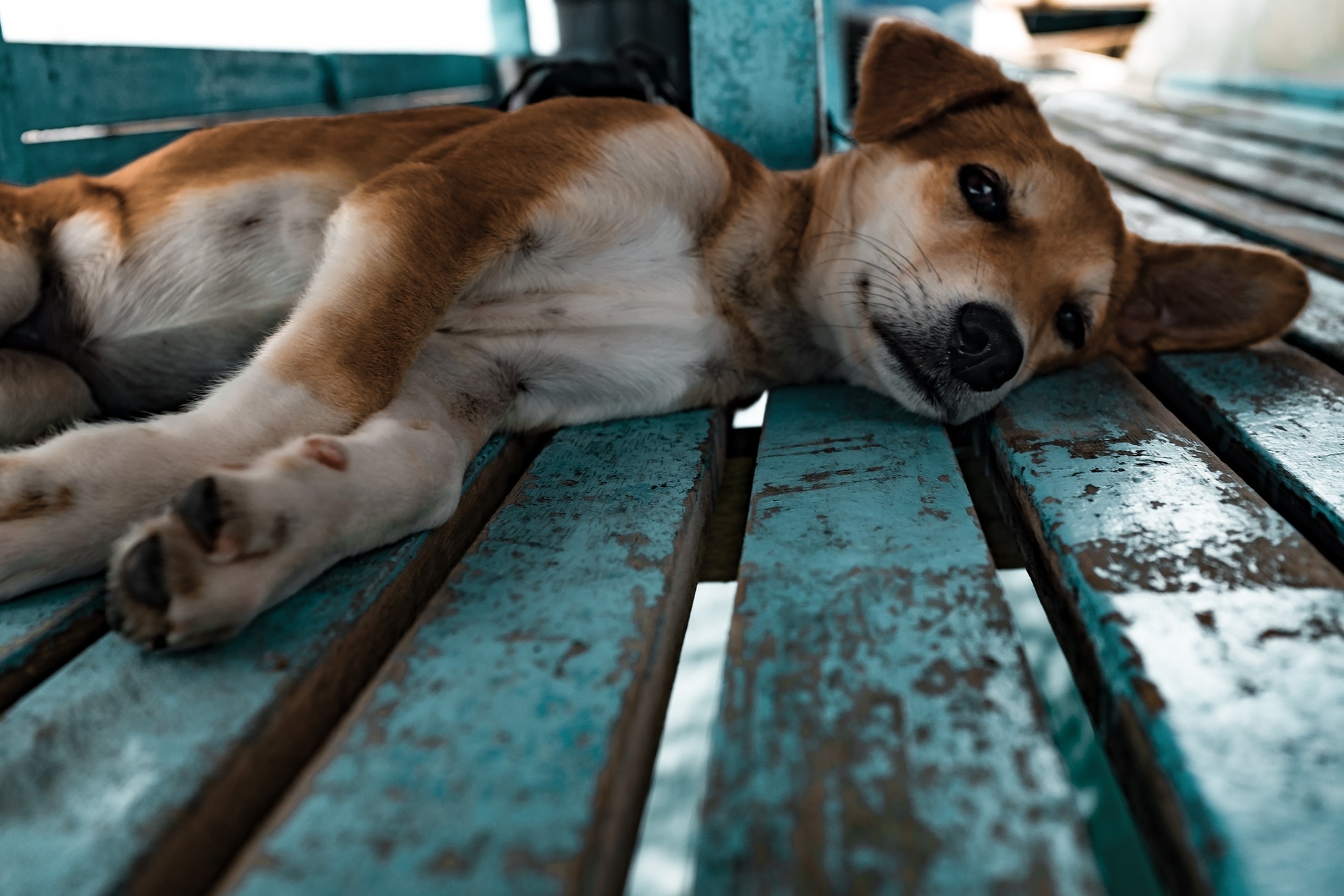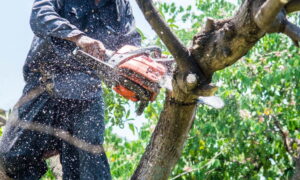Chylothorax In Dogs – What Every Pet Parent Needs To Know

Chylothorax is a disorder caused by the build-up of lymph fluid in the chest cavity. Lymph is a body fluid that brings protein and cells to tissues via small vessels classified as lymphatics. The lymph fluid that builds up in the chest cavity contains high amounts of fat and is termed “chyle.” Because thorax means “chest cavity,” the word chylothorax simply means the build-up of this fatty lymph fluid in the chest.
When chylothorax occurs, the lungs cannot usually expand, which limits the absorption of oxygen and causes difficulty breathing. The precise cause of the disease is not understood. It is most often seen in dogs with cardiovascular disease, heartworms, blood clots, or tumors, but sometimes no apparent cause is known. While this disorder may arise in any dog breed, the Afghan dog and Shiba Inu have a higher prevalence of it.
Recommended: Dog healthcare products
What Are The Clinical Signs Of Chylothorax?
Symptoms in a dog dealing from chylothorax are generally seen in other respiratory diseases such as pneumothorax. Signs can include the following:
- Non-productive cough
- Cyanosis
- Lethargy
- Difficulty In breathing
- Tachypnea
- Reduction in appetite or weight loss in severe cases
This disorder can cause discomfort, inflammation and permanent lung damage and pericardium if remains unaddressed.
How Is Chylothorax Treated?
Treatment also starts with the physical removal of fluid from the cavity of the chest using a needle and syringe. This may provide instant relief and a significant improvement in symptoms. It is also during this process that a sample of fluid is obtained for laboratory testing.
If one of the above diagnostic tests identifies a particular cause, treatment will be targeted accordingly. For instance, medicine may be administered for heart failure, or surgery to remove a cancerous mass might also be prescribed.
Unfortunately, the treatment of idiopathic chylothorax tends to be difficult, and often unrewarding. No medical treatment has been shown to adequately enhance or overcome chylothorax. Similarly, although various surgical procedures can be used to treat this disease, however, their efficacy needs to be proven.
Home Care and Prevention
In addition to carefully monitoring your dog for signs of difficulty breathing, you might even be required to take a list of medications. Make sure that your veterinarian will teach you how to assess whether your dog has trouble breathing and how to give the prescribed medications.
If your dog is not interested in eating commercial low-fat foods, your veterinarian must be able to give you instructions for organic low-fat diets.
There is very little you can do to keep your pet from getting chylothorax. In many animals, the root cause of chylothorax is not yet known
Chylothorax can arise secondary to cardiac arrest associated with heartworm disease; thus, be sure to address your dog’s need to prevent heartworm with your veterinarian.









